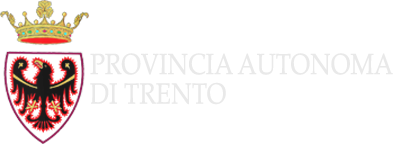Guided excursion to Fort Pozzacchio – Werk Valmorbia
curated by the cultural association Il Forte and by Associazione Steval

Starting point: Pozzacchio
Destination: Pozzacchio
Difference in altitude: 50 m
Time: 2 hours
Difficulty: easy
Season: spring, summer, autumn
The fort of Pozzacchio was one of the most important fortifications built by the Austro-Hungarian Army.
Never completed, this "war machine" was heavily damaged by bombing. At the end of the conflict, the people of Pozzacchio and Valmorbia demolished it to recover its metal and other useful materials to rebuild their destroyed villages. The fort, however, also became a place of pilgrimage for veterans. Today, every July, the Il Forte Cultural Association organises a commemorative event to honour the fallen.
Following a major restoration project, the fort was once again opened to the public in 2014.
ITINERARY
The itinerary takes half a day, starting from the car park near the village of Pozzacchio: from there, take the military road, which was built between 1912 and 1913. In about 30 minutes, you can walk to the area where the barracks once stood, which is now a ruin. Panels with text and photographs illustrate the history of the fort, recount the main events of the war and detail the restoration project.
The fort of Pozzacchio, entirely excavated in the rock, was the most modern fortress designed by the Austro-Hungarian Army. Its location allowed for effective control over Vallarsa: from there, the army could block an Italian advance towards Rovereto.
The fort had two floors: inside, there were stores for food and ammunition, workshops, spaces for the electric generator and a telephone exchange. In the caves there were dormitories for more than 200 soldiers and 7 officers. The men were housed in wooden huts which are now represented by orange metal structures. Connections branched out from the central tunnel to posts for artillery, machine guns and the searchlights used to illuminate the area in front of the fort. The fort was supposed to be reinforced with 2 howitzers in armoured revolving domes, manufactured by Prague's Skoda steelworks, in addition to 6 cannons, 10 machine guns and 8 searchlights. A vertical shaft gave access to the upper floor, where artillery in domes had been planned.
The Italian Army occupied the fort as early as June 1915. In May 1916, the fort was retaken by the Austro-Hungarians. The Italians tried to win it back after a few weeks but were repelled.
Source: www.trentinograndeguerra.it
€ 5 per person (in addition to the fort's admission ticket)
Booking is recommended
organization: Associazione culturale Il Forte e Associazione Steval

